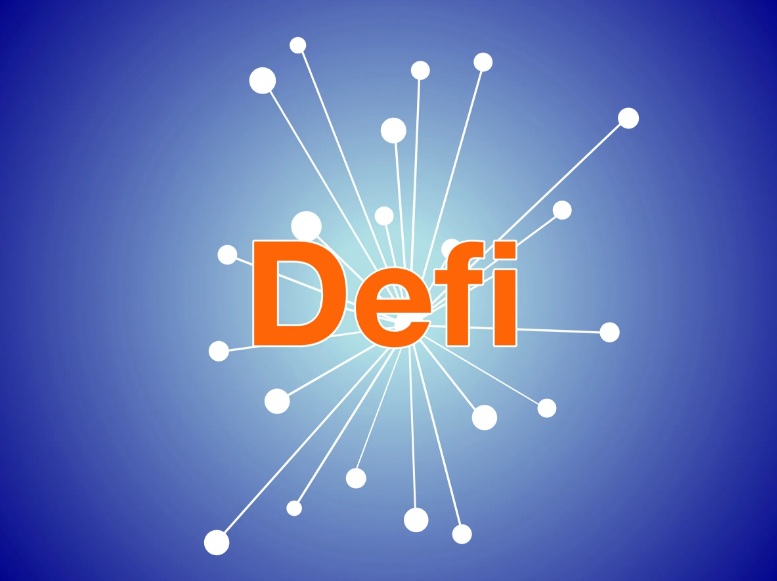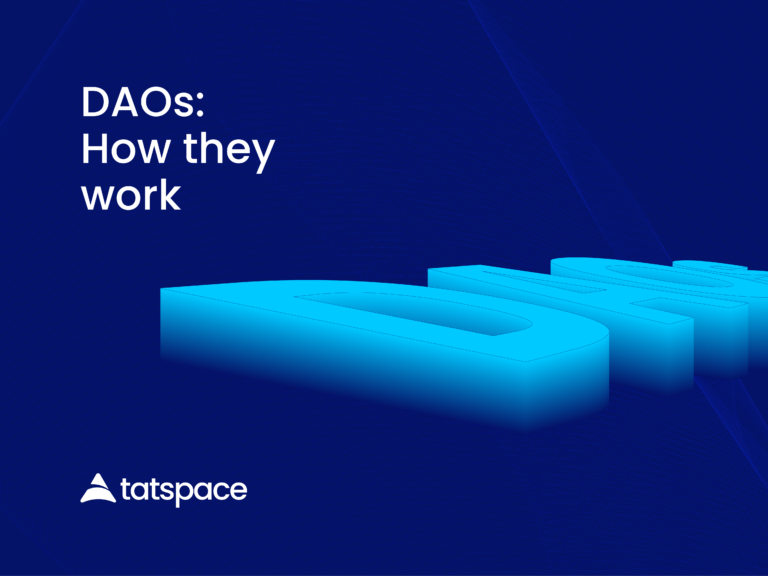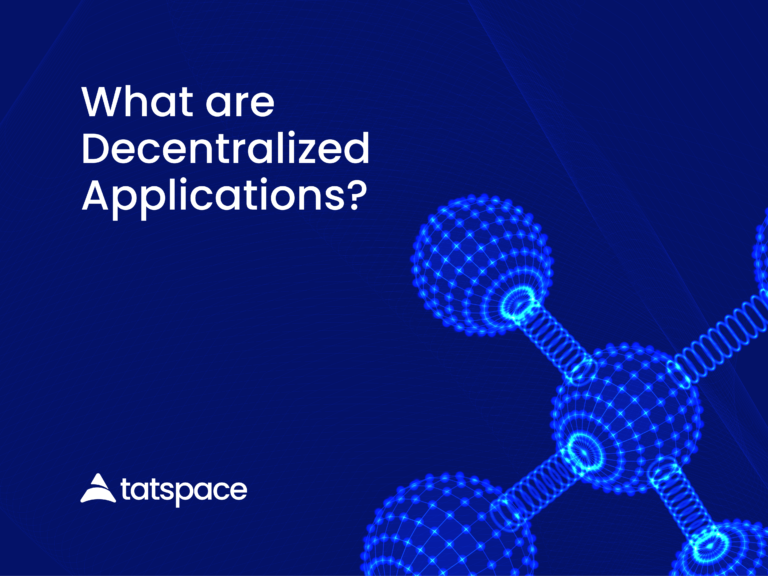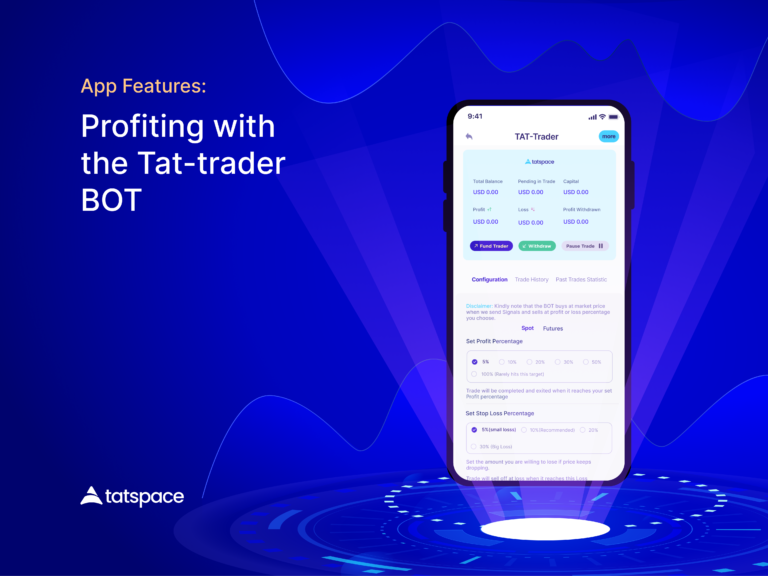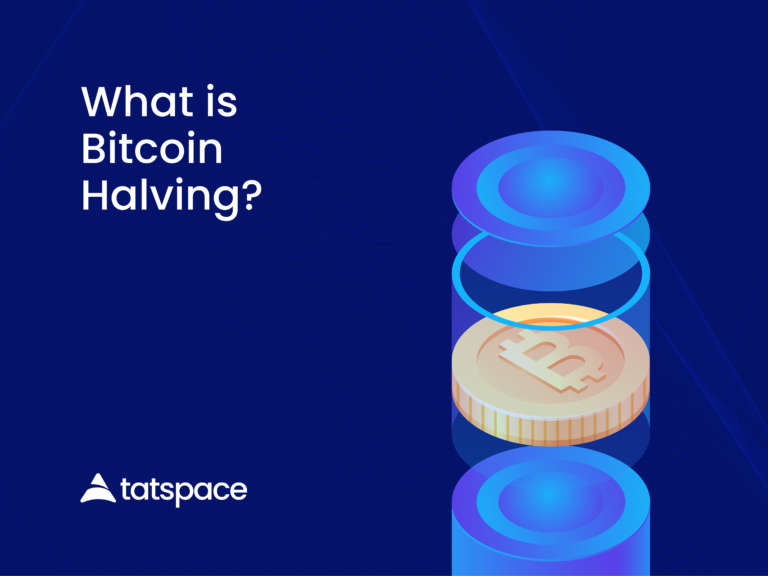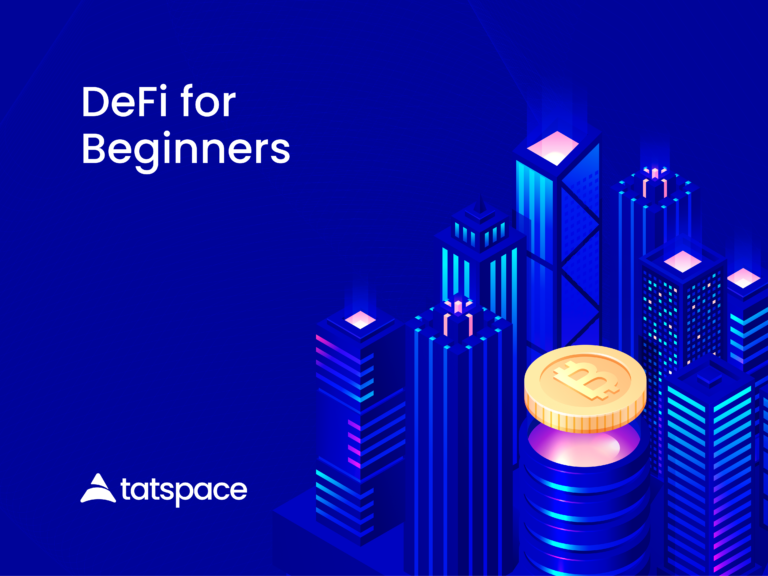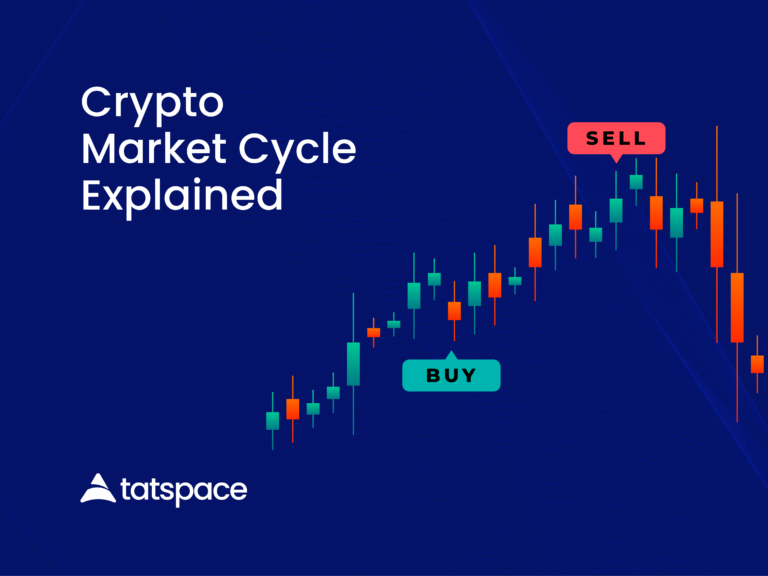Most recently, there’s been so much raving about DeFi.
There’s been an unending launch of DeFi projects, even more than you can keep up with.
But the real question is what really is Decentralized finance all about.
We will examine DeFi in this article, its potential applications, promises, and limitations.
What is Decentralized Finance (DeFi)?
Decentralized Finance (DeFi) is an interconnected network of financial systems that are built on blockchain networks.
Decentralized Finance, in particular, refers to a movement aiming to create an open-source, permission-free, and transparent financial service ecosystem that operates without any central authority and is available to everyone.
Peer-to-peer (P2P) transactions and decentralized applications (Dapps) would enable the users to interact with this ecosystem in full control of their assets.
Having easy access to financial services is a major advantage of DeFi, especially for those who are excluded from the current financial system.
In addition to DeFi’s prospective advantages, its development happens on a modular framework that may allow for the creation of entirely new financial markets, products, and services through interoperable DeFi applications.
What are the main advantages of DeFi?
Traditionally, banks act as intermediaries and courts serve as arbitrators in conventional finance.
There is no need for intermediaries or arbitrators in DeFi applications.
Users retain control over their funds at all times, and the code specifies the means of resolving every possible dispute.
In addition to decreasing the costs of using and providing these products, it creates a more frictionless financial system.
Financial services solutions eliminate single points of failure with their development on top of blockchains.
Due to the fact that data on the blockchain is spread across thousands of nodes, censorship of a service or its potential shutdown is quite difficult.
Deploying DeFi frameworks has fewer complications and is much more secure because their development can happen in advance.
Individuals who might not otherwise have access to financial services will also benefit from an open ecosystem because of the ease of access.
In locations with low-income communities, traditional financial institutions are usually inaccessible because their availability depends on their intermediaries making profits.
By using DeFi, however, low-income individuals can also benefit from a broader range of financial services at a lower cost.
What are the potential use cases for DeFi?
Borrowing & Lending
Among the most popular applications in the DeFi ecosystem are open lending protocols.
There are many advantages to open, decentralized borrowing and lending over traditional credit systems.
In addition, there is the capability of collateralizing digital assets, no credit checks, prompt settlement, and standardization in the future.
Using public blockchains, these lending services minimize the need for trust and offer the assurance of cryptographic verification.
Using the blockchain for lending reduces counterparty risk, makes borrowing cheaper and faster and makes lending available to more people.
Monetary banking services
As DeFi applications are, by definition, financial applications, monetary banking services are an obvious use case for them.
These can include the issuance of stablecoins, mortgages, and insurance.
As the blockchain industry matures, the creation of stablecoins is becoming increasingly important.
They are digital versions of real-world assets. They are usually pegged to a real-world asset but can be easily transferred digitally.
Cryptocurrency prices can fluctuate quickly at times, making stablecoins appealing as digital cash that does not rely on a central authority for issuance and regulation.
Mortgages are expensive and time-consuming in part due to the many intermediaries participating.
Smart contracts may significantly reduce the costs of underwriting and legal services.
Using blockchain insurance could eliminate intermediaries and allow the distribution of risk between more participants.
Therefore, premiums might be lower while service quality would remain the same.
Decentralized Marketplaces
DeFi offers the most room for financial innovation in this category of applications, making it challenging to evaluate.
Without a doubt, a crucial application of DeFi is probably the decentralized exchanges (DEXs).
A platform like this allows users to trade digital assets without having to trust an intermediary (the exchange) to hold their funds.
A smart contract makes it possible for traders to take place between users’ wallets directly.
Decentralized exchanges typically require less maintenance work.
As well as allowing ownership of a variety of conventional financial instruments, blockchain technology may also find application in their issuance.
In a decentralized manner, these applications would work without custodians and eliminate any single point of failure.
Issuers can launch tokenized securities on the blockchain using security token issuance platforms, which offer customizable parameters.
Additionally, derivatives, synthetic assets, decentralized prediction markets, and others may also be available through such projects.
What role do smart contracts play in DeFi?
Smart contracts play a major role in most of the existing and potential applications of Decentralized Finance.
In contrast to standard contracts, smart contracts use computer code to specify the relationship between the parties to the contract.
Smart contracts are unique in that they can also execute through code, as their terms are written in computer code.
As a result, many businesses processes now automatically and operate without the need for manual oversight.
By using smart contracts, you are reducing risk for both parties, making the process faster and easier.
Nevertheless, there are new risks that come with smart contracts.
A smart contract’s value and confidential information are at risk since computer code is prone to bugs and vulnerabilities.
What are the challenges of DeFi?
1. User error: This is high when using DeFi applications since the intermediaries transfer the responsibility to the user. Many may find this undesirable.
2. Low performance: A blockchain’s performance is inherently poor in comparison to centralized systems, and this reflects in the applications built on top of it.
3. Poor user experience: Current DeFi applications require users to exert extra effort in order to use them.
In order to develop efficient DeFi applications, developers need to consider these limitations.
Developing products that minimize the likelihood of user error is particularly challenging when they are built on top of immutable blockchains.
A DeFi application must provide a tangible benefit that encourages users to switch from the traditional system in order to become a core element of the global financial system.
Complex ecosystem: Users often struggle to find the most suitable application for their particular use cases and need to be able to choose wisely.
There is not only the challenge of building applications but also thinking about how these fit into the overall DeFi ecosystem.
What is the difference between DeFi and open banking?
The concept of open banking refers to the practice of granting secure access to financial data through APIs to third-party financial service providers.
Using this technology, banks and non-bank financial institutions can network their accounts and data.
In essence, it enables new financial products and services within traditional financial systems.
According to DeFi, however, an entirely new financial system will replace everything that currently exists. Hence the other name for DeFi, open finance.
Wrapping it up
Decentralized Finance aims to build a different type of financial system from conventional financial and political systems.
An open financial system would allow for more competition and could prevent precedents of discrimination and censorship around the world.
Although decentralization sounds appealing, not all benefit from it.
To build a stack of open financial products that is useful, it is crucial to find use cases that are most suitable for blockchains.
The DeFi project would allow open-source communities and individuals to take control from large, centralized organizations.
When DeFi is ready for mainstream adoption, we will know if it leads to a more efficient financial system.
You can also get more information on DeFi here.

